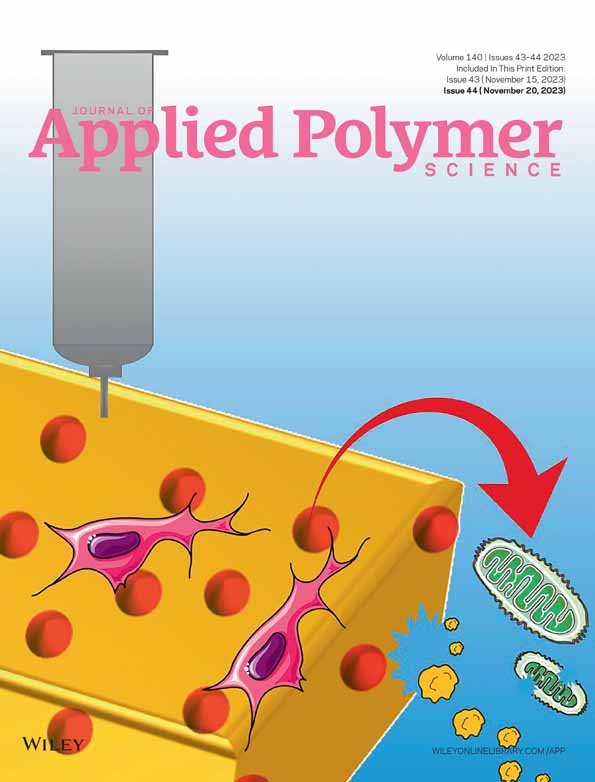The effects of zinc hydroxystannate/boron nitride hybrids and aluminum diethylphosphinate on flame retardancy and smoke suppression of styrene–butadiene rubber composites
Abstract
As one of the three general rubbers, styrene–butadiene rubber (SBR) is widely used in industrial products such as tires and cables. However, SBR has the disadvantages of flammability and low thermal conductivity, which limits its application in industry. In order to improve the flame retardancy and thermal conductivity of SBR, zinc hydroxystannate/boron nitride hybrids (ZHS@BN) were successfully prepared by in-situ growth on BN. ZHS@BN was successfully prepared as determined by Fourier transform infrared spectroscopy, x-ray diffraction, scanning electron microscopy and thermogravimetry. When 3 phr ZHS@BN and 12 phr aluminum diethylphosphinate (ADP) were added, the limiting oxygen index value of SBR composites reached 28.4%. Compared with pure SBR, their peak heat release rate and peak smoke release rate decreased by 59.2% and 50.6%, respectively. Through the analysis of the flame-retardant properties and carbon residue of the SBR composites, it was proved that there was a good synergy between ZHS@BN and ADP to improve the flame-retardant properties of SBR.
CONFLICT OF INTEREST STATEMENT
The authors declare that they have no known competing financial interests or personal relationships that could have appeared to influence the work reported in this paper.
Open Research
DATA AVAILABILITY STATEMENT
The data that support the findings of this study are available from the corresponding author upon reasonable request.




